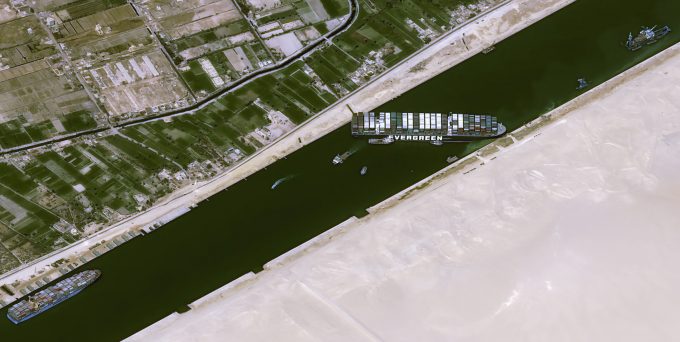Liners cut long-haul sailings, but 'it won't be enough' to stop rates tumbling
MSC and the Ocean and Premier container shipping alliances are withdrawing some transpacific and Asia-Europe ...

The first Asia-Europe container vessels have begun to be rerouted around the Cape of Good Hope, according to new AIS data.
According to VesselsValue’s ship tracking data, Evergreen’s 20,400 teu Ever Greet, deployed on the Ocean Alliance’s NEU6 service (the same string as the stuck sister ship Ever Given), which had been en route from the Malaysian transhipment hub of Tanjung Pelepas to Suez, changed course yesterday and began heading towards South Africa.
“The vessel’s normal Tanjung Pelepas to Rotterdam journey via ...
Volcanic disruption at Anchorage could hit transpacific airfreight operations
Macron calls for ‘suspension’ – CMA CGM's $20bn US investment in doubt
Forwarders stay cool as US 'liberation day' tariffs threaten 'global trade war'
Shippers snap up airfreight capacity to US ahead of tariff deadline
De minimis exemption on shipments from China to the US will end in May
Tighter EU import requirements proving 'a challenge' for forwarders
Looming Trump tariffs will create 'a bureaucratic monster' for Customs

Comment on this article